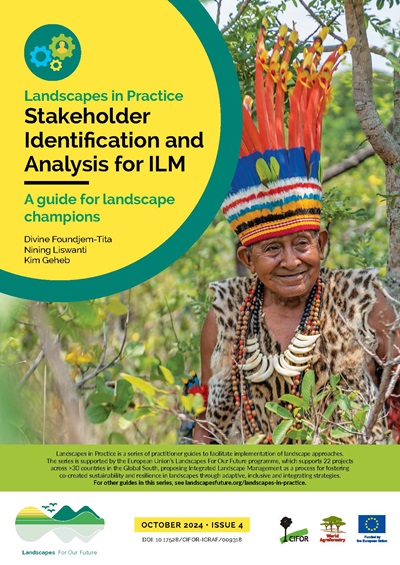Warburgia ugandensis is an important African medicinal tree. The species population has shown a high genetic differentiation in the Kenya’s Rift Valley. Nine populations were analysed by Bulk Segregant Analysis employing Random Amplified Polymorphic DNA marker technique to identify regional differentiation-linked markers within and across Kenyan Rift Valley. Five primers showed putative East and West genetic differentiation. Diagnostic markers were isolated, cloned, sequenced and compared with Genbank sequences using BLAST algorithms. Three, (WarburgiaIC15E, WarburgiaIC55E and WarburgiaIC28W) sequences showed homology to plant and bacterial-like chromosomal sequences with low E-values. Sequence alignment indicated conserved protein domains of plants and bacteria-like sequences. Phylogenetic analysis revealed high rates of genetic distances (H” 0.8) and a low rate of disparity indices of (0), suggesting some evolutionary forces behind demographic differentiation. These imply that genetic differentiation observed might be due to genetic mutants in certain domains of chromosome that may have some implication on genome functionality.
DOI:
https://doi.org/10.1080/09751270.2013.11885212
Score Altmetric:
Dimensions Nombre de citations:


















